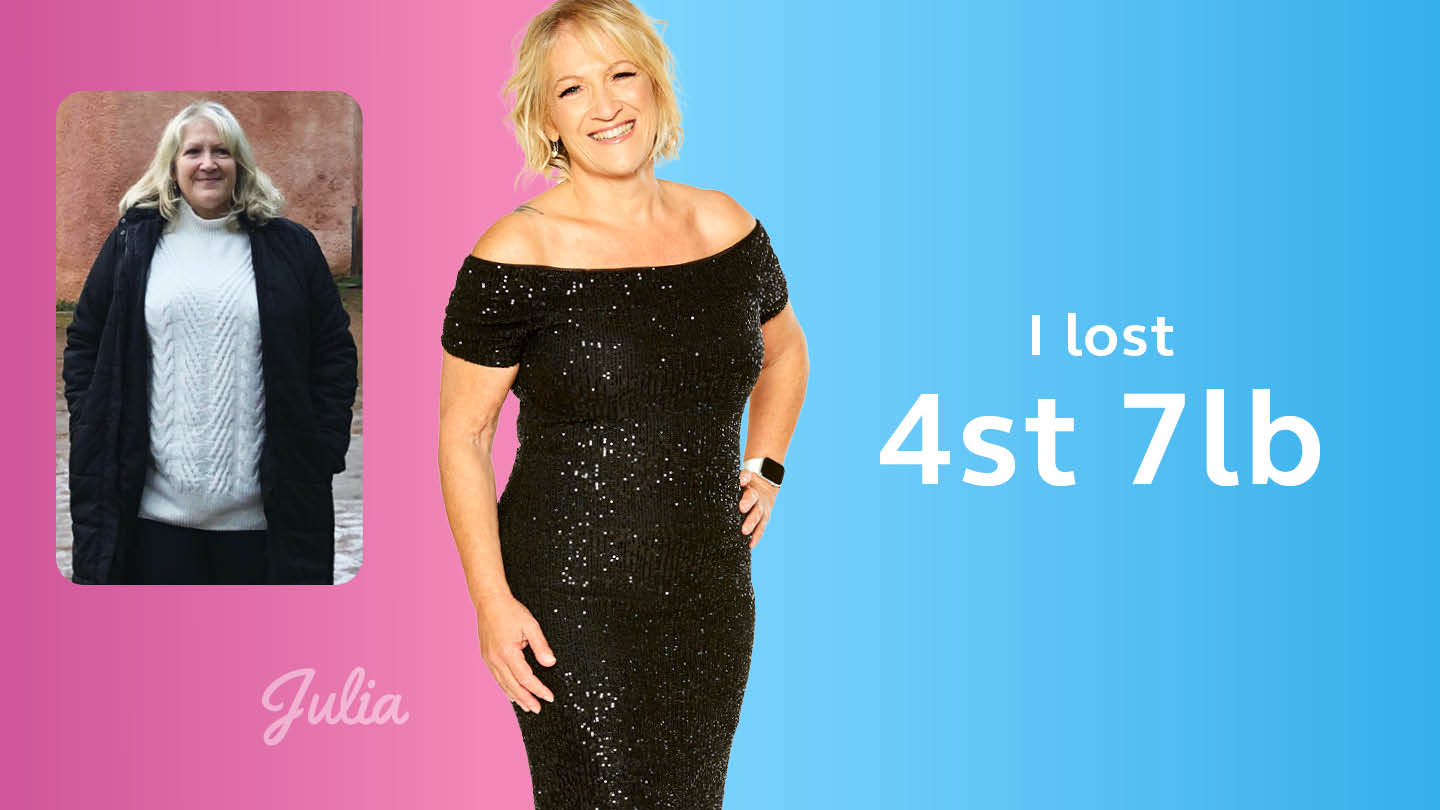
The art of Management
Find a Meeting & Get startedPractical Management Tips
Shopping
- Plan your meals for the week and make a list of what you need before you shop.
- Jot down one of the benefits of living lighter at the top of your list.
- Avoid food shopping when you’re hungry, stressed or tired – it’s more likely to result in impulse Shopping online can help you avoid this.
- “Buy one get one free” isn’t a bargain if you don’t need it in the first place.
- Taste something that’s unfamiliar each week from your Management food choices – you’ll probably be surprised by how much your tastes have changed since you’ve lost the weight.
Labels
There are different types of labels, and these are the two it’s worth paying attention to.
Front of the pack: Traffic lights.

- These show you at a glance whether a food has high (red), medium (amber) or low (green) amounts of sugar, salt, fat and saturated fat. The more green lights on the label, generally the healthier the food is.However, foods that aren’t healthy may just have uncoloured traffic lights. Beware, grey is not the same as green.
- The percentages refer to “reference intakes” – the maximum recommended amount of energy (calories) and fat, saturates, sugar and salt for healthy-weight adults who are moderately active.
Back of the pack: Nutritional information and ingredients.

- Ingredients are listed in order of weight, so if the first few are e.g. high fat, it’s a high-fat food.
- Total fat High: over 17.5g of fat per 100g Low: 3g or less per 100g
- Saturated fat High: over 5g of saturated fat per 100g / Low: 1.5g or less per 100g
- Sugars High: over 22.5g of total sugars per 100g / Low: 5g or less per 100g
- Salt High: over 1.5g of salt (0.6g sodium) per 100g / Low: 0.3g (0.1g sodium) orless per 100g
Healthy buys
- Canned food: buy fruit in natural juice, vegetables in water with no added sugar or salt, and fish in water or brine (but watch the salt content) rather than oil.
- Lean protein: choose cuts of meat that have already been trimmed of fat, and low-fat mince.
- Low-fat foods: go for reduced-fat milk, cheese, yoghurts and so on – they can have more calcium than the full-fat versions(but be aware that low-fat yoghurt and fromage frais can be higher in sugar,usually of the added variety).
Virtually fat-free cooking
- Remove the skin from poultry and trim off any visible fat from meat before cooking.
- Mix 1 tsp of LighterLife Savoury Broth with 300ml hot water, pour in enough to cover the base of a non-stick pan and use it instead of fats and oils to “fry”. This works with any ingredients, and is particularly good with onions, turning them a lovely golden brown. If the pan gets a little dry at any point, just add a little more of the broth. (Purchase LighterLife Savoury Broth here)
- Use good quality non-stick pans.
- Fat free cooking methods include steaming, poaching, pressure-cooking, casseroling, microwaving, grilling, chargrilling, barbecuing and baking.
Bake meat or fish wrapped in a parcel of foil or greaseproof paper, or inside an ovenproof bag. This seals in flavour and stops the food drying out.
Healthy drinking
- We don’t include alcohol at the moment, because it won’t help with your weight management– it has almost as many Calories per gram as fat, and it’s an appetite stimulator, plus there are addictive aspects for some people.
- Instead, try a ginless or vodka-free tonic (low-cal tonic over ice with a squeeze of lemon or lime juice and a couple of slices of cucumber) or a fruity, sugar-free spritzer (your favourite LighterLife Drink Mix made up with fizzy mineral water). (Purchase LighterLife Drink Mix here)
- Keep drinking water, tea and coffee (which in Management you can now have with milk – skimmed or semi-skimmed).
Download your weekly Management guides below.
Week 1 Week 2 Week 3 Week 4 Week 5 Week 6



